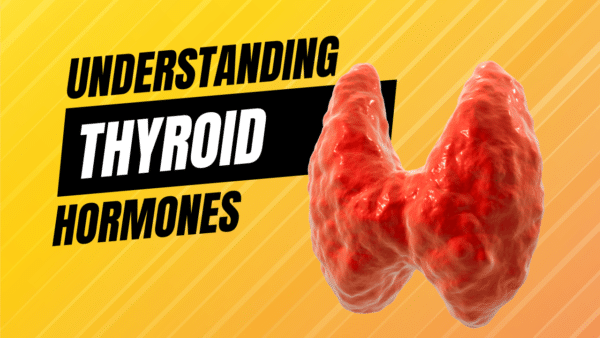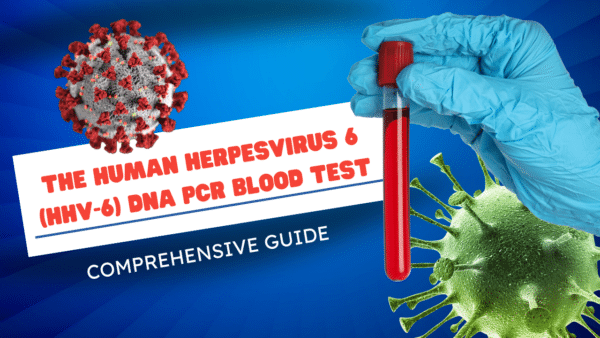Hypoparathyroidism is a relatively rare, but important condition characterized by insufficient production of parathyroid hormone (PTH) from the parathyroid glands. In this comprehensive guide, we delve into the core elements of hypoparathyroidism, exploring its causes, symptoms, diagnosis, treatments, and management strategies.
What is Hypoparathyroidism?
Hypoparathyroidism is a disorder that stems from inadequate levels of PTH, the hormone responsible for controlling the body’s calcium and phosphorus levels. Its paucity can lead to a variety of health complications, most notably low blood calcium (hypocalcemia) and high blood phosphorus (hyperphosphatemia) levels.
The Role of Parathyroid Hormone
The parathyroid glands, nestled behind the thyroid in the neck, produce PTH. This vital hormone orchestrates calcium and phosphorus regulation, maintaining the delicate equilibrium that keeps our bodies functioning optimally. When PTH levels drop, this balance is disrupted, leading to hypoparathyroidism.
Causes of Hypoparathyroidism
Hypoparathyroidism can be triggered by a range of causes. In many cases, it arises as an inadvertent complication of thyroid or neck surgery. Occasionally, it can be an unwelcome side effect of radioactive iodine treatment. Additionally, certain autoimmune conditions, genetic disorders, or magnesium deficiencies can prompt the onset of hypoparathyroidism.
Recognizing the Symptoms
The symptoms of hypoparathyroidism are typically related to low calcium levels. They may include:
- Muscle cramps and spasms
- Fatigue
- Dry skin
- Hair loss
- Tingling sensation in lips, hands, and feet
- Anxiety or depression
- Memory issues
Severe hypocalcemia may cause convulsions and arrhythmias, requiring immediate medical attention.
Diagnosing Hypoparathyroidism
Hypoparathyroidism is diagnosed through a series of blood tests to assess levels of calcium, phosphorus, and PTH. Additionally, a urine test may be used to determine how much calcium is being eliminated from the body.
Treatment and Management Strategies
Managing hypoparathyroidism primarily involves replacing the body’s deficient calcium and vitamin D levels. This typically involves oral calcium supplements and high doses of vitamin D.
For cases unresponsive to conventional treatment, a synthetic form of PTH can be used. This helps to directly regulate calcium and phosphorus levels in the body.
Regular monitoring and adjustment of treatment are key to effective management. The aim is to alleviate symptoms, normalize calcium and phosphorus levels, and minimize potential complications.
Living with Hypoparathyroidism
Living with hypoparathyroidism entails adhering to treatment protocols and maintaining regular consultations with healthcare providers. Lifestyle modifications, such as a calcium-rich diet and avoidance of foods high in phosphorus, can further aid in managing the condition.
Hypoparathyroidism can be challenging, but with proactive management, individuals can lead a healthy, fulfilling life.
Concluding Remarks
Hypoparathyroidism, while a rare condition, is a significant concern due to its potential health implications. Comprehensive understanding, timely diagnosis, and appropriate management strategies can significantly enhance the quality of life for those living with this condition.
We hope this guide has provided a useful and detailed insight into hypoparathyroidism. If you or a loved one are experiencing symptoms, we urge you to seek medical consultation for a thorough evaluation and personalized treatment plan.

